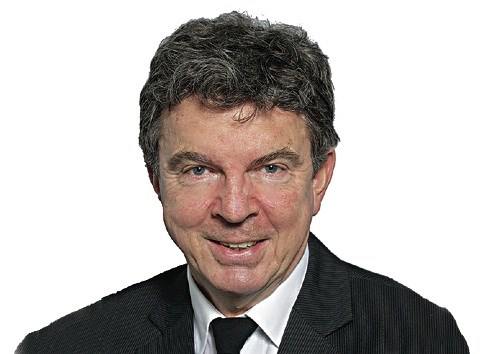 Every year, about 1,000 local politicians gather at the Union of B.C. Municipalities convention and pass dozens of resolutions demanding or urging that the provincial government do something about something.
Every year, about 1,000 local politicians gather at the Union of B.C. Municipalities convention and pass dozens of resolutions demanding or urging that the provincial government do something about something.
Flood management. Derelict vessels. Scotch broom. Moving Heritage Week to a warmer part of the calendar than February.
Most of them get passed and then sent to the government, where they are received and filed in some vast archive of UBCM resolutions to which no one pays too much attention.
But unbeknownst to me until this week, every year the provincial government files a compendium of responses to the list of demands. It’s not as if B.C. is promising action, or saying: “Great idea. Why didn’t we think of that?”
They’re more like: “Thanks for your interest. Here’s why we’re going to ignore it.” Some of them cautiously admit the idea has some merit. Every so often the reply is to the effect: “We’re already on it.”
The most common theme of the responses is: “It’s a lot more complicated than you think it is.”
The filing is likely used to ward off any complaints that the B.C. government doesn’t listen to local councils.
The most recent filing following last fall’s UBCM convention gives a flavour of the government’s attitude, and some local councillors’ cleverness in trying to wheedle things out of the provincial government.
Some examples;
• The urban-deer dilemma has been a staple of the resolution package for the last several years. Last year’s version noted that local governments are experiencing significant cost and difficulty in managing provincial urban wildlife, especially deer, in their communities.
Calling them “provincial deer” is the setup for the formal resolution, which asks B.C. to resume its responsibility or come up with the cash to do something about citified deer.
B.C.’s response was a model of buck-passing: “The province believes that there isn’t any single solution to all urban deer issues … committed to partnering to facilitate the development of socially acceptable urban deer management solutions.”
It said ministry staff assist communities in a number of ways and will continue to do so.
Translation: “We’ll back you up, but if they’re in your city limits, they’re your problem.”
• Another resolution was a call to create and support a Green Jobs Plan for B.C. It prompted one of the longest and most detailed responses — all about liquefied natural gas.
The response said B.C. is enthusiastic about the green economy, then cited LNG as a “once in a lifetime” chance to, among other things, maintain leadership on climate change and clean energy. Any plants built will be the world’s cleanest, and exporting LNG will significantly lower greenhouse-gas emissions by replacing coal and oil elsewhere.
That premise is hotly debated in some quarters, but it’s the official B.C. line and they are sticking with it. The government listed a handful of LNG-related programs, cited the potential for more than 100,000 jobs and suggested every one of them will be “green.”
• Another resolution referred to all the previous UBCM demands to stop raising ferry fares and cutting service and noted the provincial government had ignored all of them.
So it asked one more time for a freeze on fares and service levels until a strategy is in place.
The response was a model of benevolence. “The province knows how important it is to keep fares affordable and has taken significant measures … ” It said B.C. put $80 million into the subsidies and was pressing for $54 million in efficiency savings by 2016.
And to return to the recurring theme: “This government has committed to direct one-third of the Prosperity Fund, up to $1 billion, to support coastal ferries.”
Where does the Prosperity Fund come from? LNG.
Meanwhile, fares went up again months after the response was filed.



